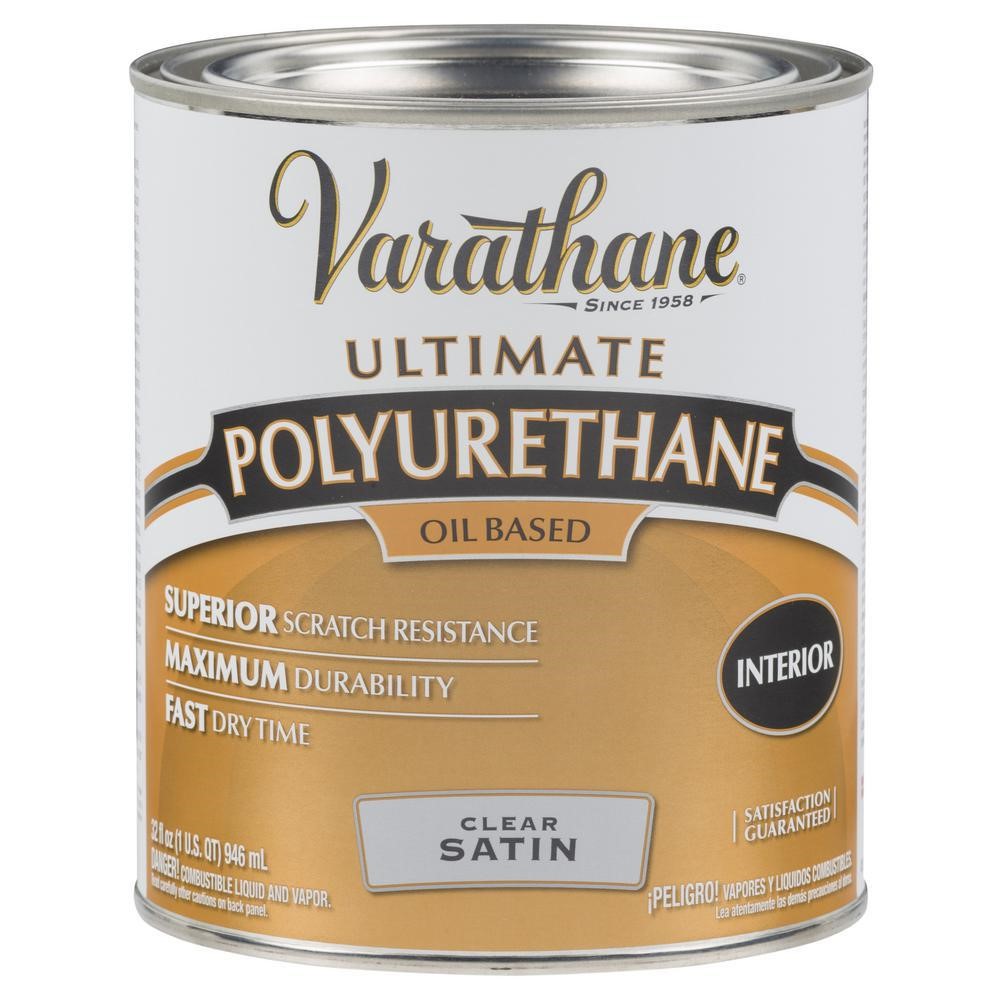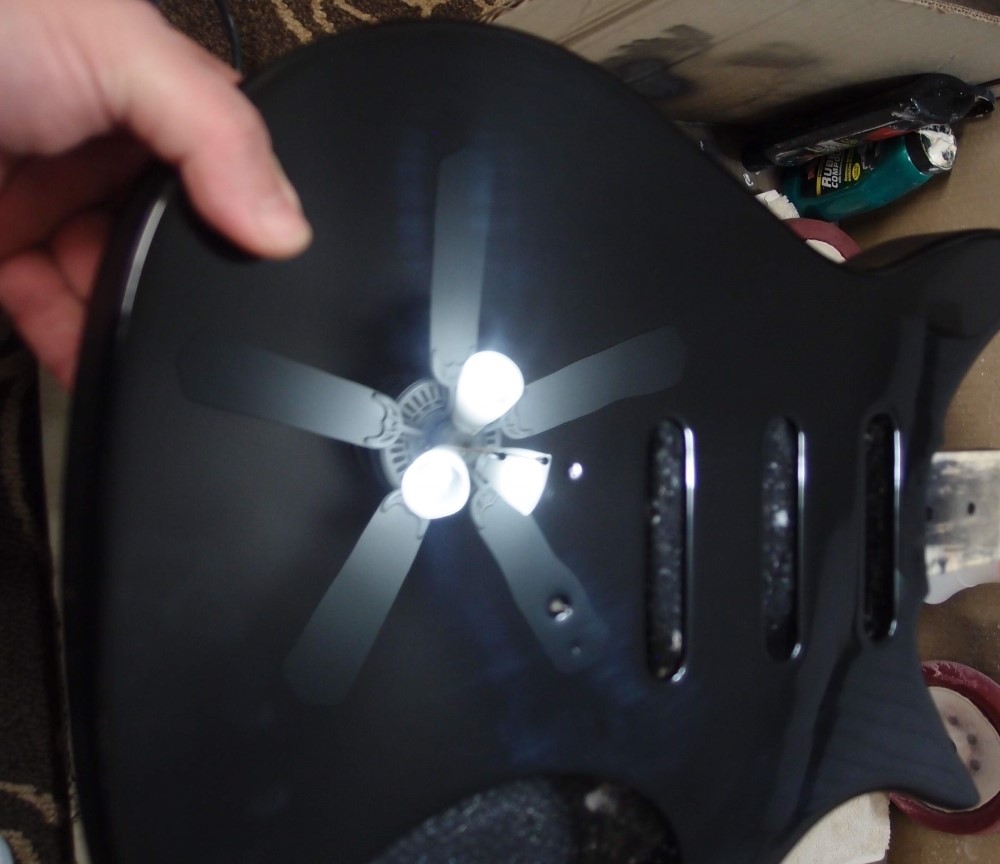Finishes

This is what I've managed to glean about oil- and water-based polyurethanes:
Oil-based poly is a solution of monomers or building-block molecules in a solvent. When oil-based poly cures, it is a real polymerization. Covalent bonds form a single molecule over the entire surface. The resulting surface is very strong and resistant to impact and chemicals. A polyurethane surface is generally even stronger than its bond to the substrate, which is why damage is often in the form of delamination. That's not to say oil-based poly does not bond well to the substrate, it actually bonds quite well. The major downside to oil-based poly is that it takes a good 2-4 weeks for a full cure, especially for thicker layers as are desirable on a guitar.
Water-based poly is a suspension of pre-cured particles, along with solvents and other good stuff. The technical term for it is 'dispersion'. The can may say polyurethane, but that's just marketing, it could be anything. Some sort of acrylic is much more likely, but that word means very little on a label either. The marketing guys write whatever they think will sell on the can, chemistry be damned. This is just like with paint - what's actually in the can is a trade secret.
Water-based poly has a much lower fraction of solids, approximately half of what you get with oil-based. In other words, it takes 2 quarts of WB to equal 1 quart of OB. If the cans are approximately the same price, as they usually are, WB is then actually twice the cost of OB for an equivalent coverage.
After water-based poly is applied, first the water evaporates. This squeezes the solid particles together, and they deform and physically lock into each other like puzzle pieces. This can give a hard surface, but not a strong or tough one. That is where the solvents come into play, their purpose is to cause some chemical bonding between the particles. The amount of strong chemical bonding with WB-poly is a small fraction of what you get with oil-based.
Eventually, the solvents evaporate too, and you end up with a hard, but rather brittle and weak surface that is also poorly bonded to the substrate. This cure time is about 24 hours, although the stuff appears to dry in minutes. A real full cure is more like 1-2 weeks, so not much better than OB.
The degree of chemical bonding in water-based "poly" is much less than in the real thing, which is why it is so susceptible to chemicals, including plain old alcohol, and many others. This is also why it dry-sands so well because it is so hard and weak. The only thing I have that will attack fully-cured OB poly is acetone, and that takes a lot of effort.
You don't see 'witness marks' when sanding water-based poly as you do with oil-based because the bonding is so poor throughout. In other words, the layers are internally so poorly bonded that the weaker bonding between different layers is basically indistinguishable. People are calling this 'burn-in', like with lacquer, but it is not. Different layers of lacquer actually merge with each other into one. Different layers of WB-poly appear to merge only because the material is so bad. It's like different layers of sand.
WB-poly is inferior to OB in every way. If you insist on using it, I suggest you skip the sprayer and just brush it on. Get a good thick coat on, and then carefully sand it smooth. I did this once years ago, with some WB "Triple-Thick" that I got for free. It was a lot of work, and I decided it was not a good method, but the result came out alright. Triple-Thick has been criticized on TB for being too soft, but that is not my experience. If anything, it is probably your best choice.
In my experience, testing finishes on small swatches doesn't prove anything. You don't know how something will work until you try it for real.

Questions or Inquiries?
Just want to say Hello? Sign the .